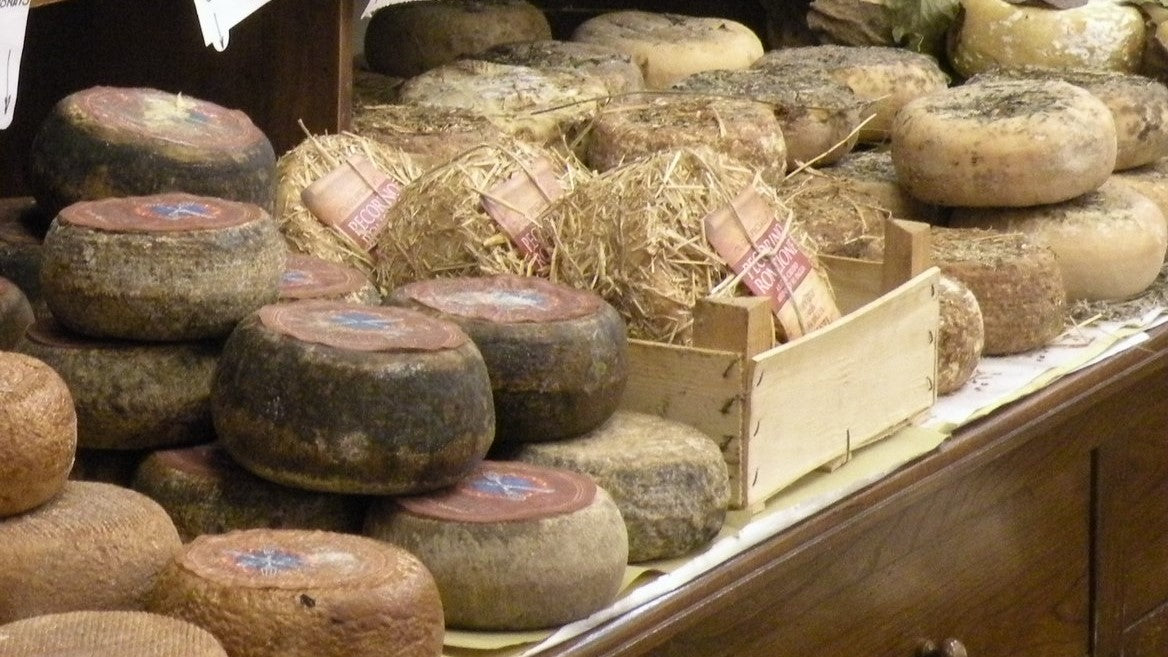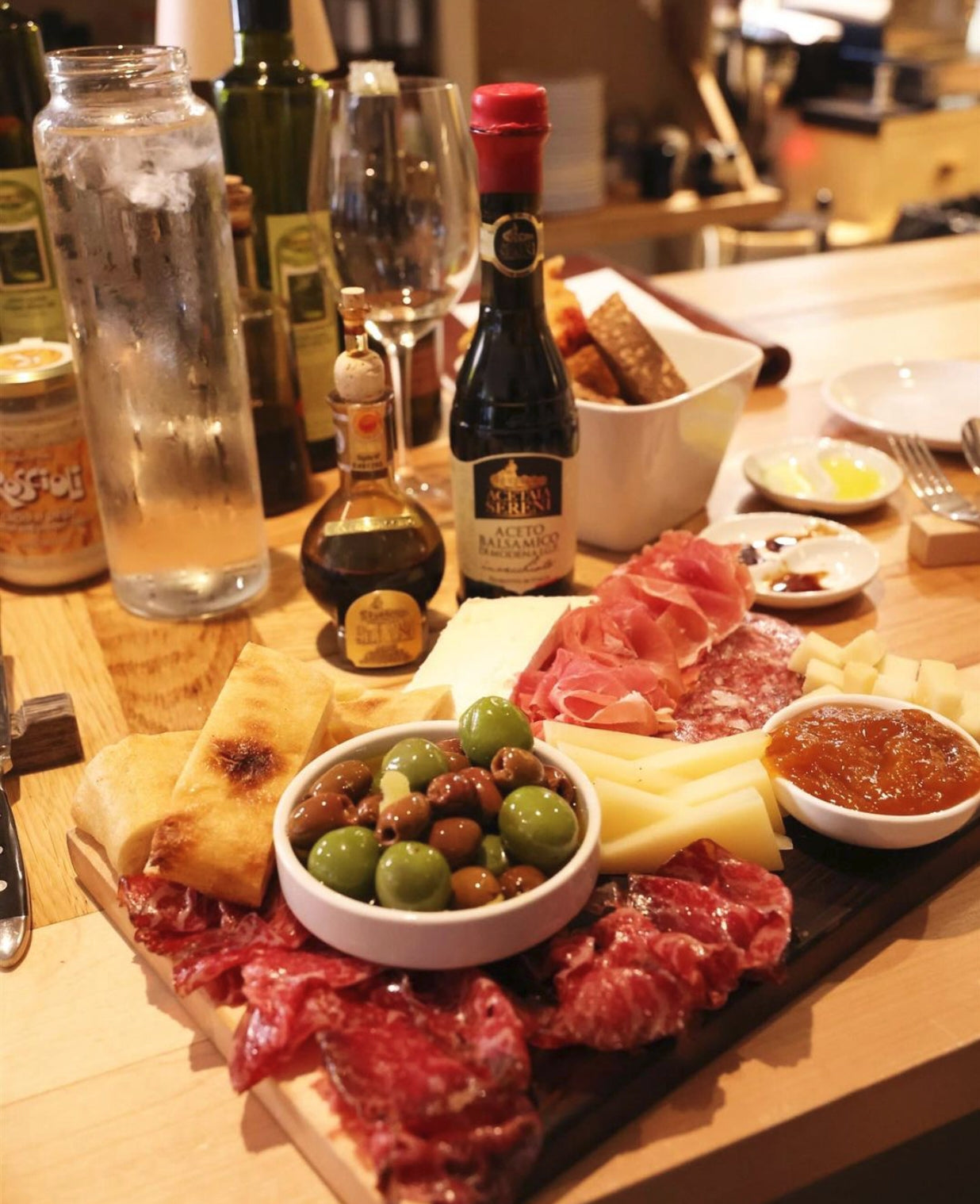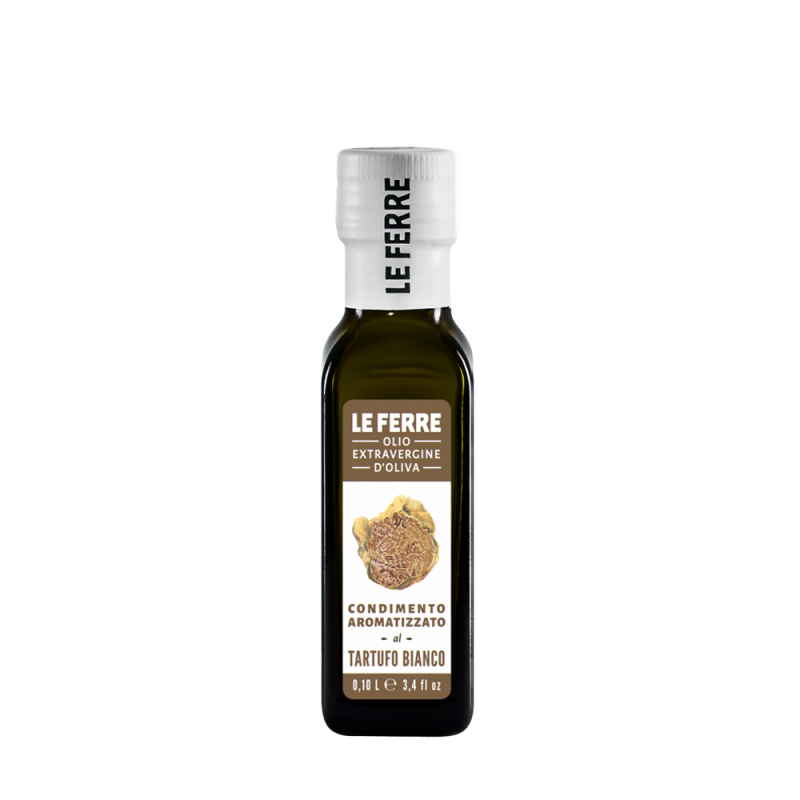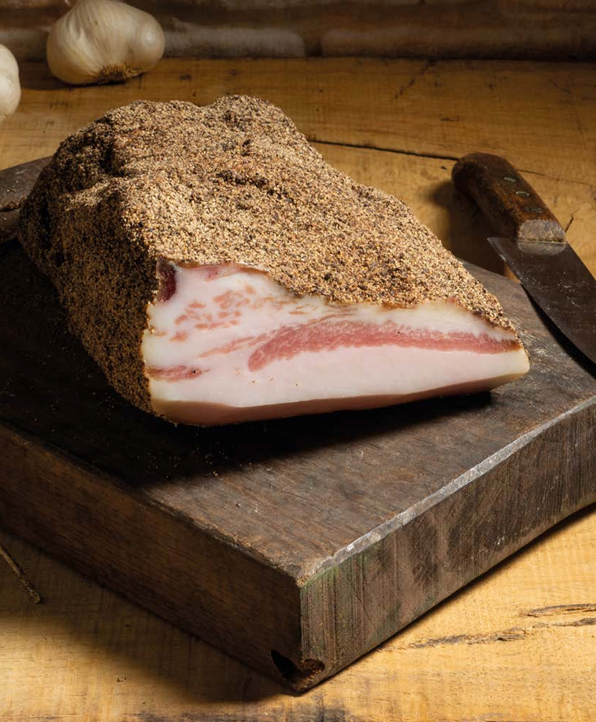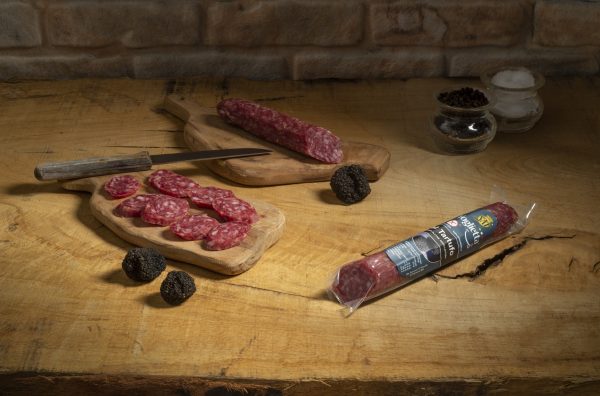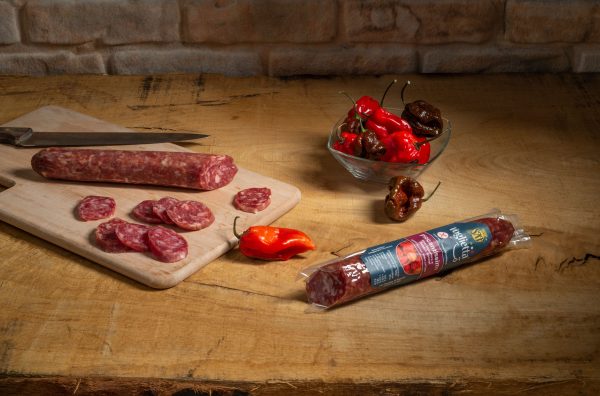The Italian pecorino cheese is much more than just a cheese: it is an icon of Italian culture and culinary tradition. Made exclusively from sheep's milk, pecorino has a long history that dates back thousands of years.
Already in Roman times, pecorino was a staple food for legionaries and farmers thanks to its long shelf life and high nutritional value. Pliny the Elder even mentions pecorino in his "Naturalis Historia" as a Roman delicacy.
Today, pecorino is especially known from central and southern Italy, where the climate and landscape favor sheep farming. The regions of Sardinia, Lazio , Tuscany , Sicily , and Basilicata produce some of the most famous types.
Pecorino cheese different types
There are many varieties of pecorino, but the most well-known are:
- Pecorino Romano : Salty and intense, perfect as grated cheese, especially in dishes from the Lazio region.
- Pecorino Sardo : From Sardinia, available in both a mild (less aged) and a stronger (more aged) version.
- Pecorino Toscano : A milder variety, suitable for eating fresh.
- Pecorino Siciliano : Aromatic and intense, often spiced with black pepper or chili.
Aging plays a central role in the taste of pecorino:
- Fresh pecorino (aged for less than 2 months) is sweet and soft.
- Medium-aged pecorino (aged for 2-6 months)
- Aged pecorino (over 6 months) has a more intense flavor with notes of nuts and spices.
Pecorino in Italian Cuisine
Pecorino is not just a snack with bread and wine; it is also a key ingredient in many traditional recipes. As someone who grew up in Southern Italy, I have many memories of pecorino in home cooking, from rustic pasta dishes to pies.
Carbonara and Pecorino Romano
One of the most iconic dishes is pasta alla carbonara, pasta alla gricia or amatriciana, which shows how pecorino, together with guanciale, can be essential. Traditionally prepared with pecorino romano, guanciale, egg and black pepper, this dish depends on the balance between the salty taste of the cheese and the creaminess of the egg.
The perfect carbonara requires a high-quality pecorino cheese, which gives the dish its unique character.
What Makes Pecorino Special?
Pecorino stands out due to several factors:
- Sheep's milk : Fattier and more aromatic than cow's milk, giving it a full-bodied flavor.
- Traditional Production Methods : Many producers still follow old techniques such as hand-salting and maturing in natural caves.
- Territorial Connection : Each type of pecorino reflects the landscape and pastures where it is produced.
Personal Notes
My personal favorite is the slightly aged pecorino , which has a perfect balance of sweetness and a robust, country flavor. I also love the more aged version , which is rich in complexity and ideal with a good glass of red wine.
When I taste pecorino, it always brings me back to my childhood in Southern Italy, where sheep's cheese was an indispensable part of traditional cuisine.
Italian pecorino is a fantastic cheese that tells stories of shepherds, landscapes and traditions. Whether grated over a pasta dish, enjoyed with honey or simply accompanied by good bread, pecorino is a true star of Italian cuisine and a symbol of our culinary heritage.
Buon appetito! – and remember to try our pecorino in your next recipe :-)
Image from Dan - licensed under CC BY-SA 2.0

